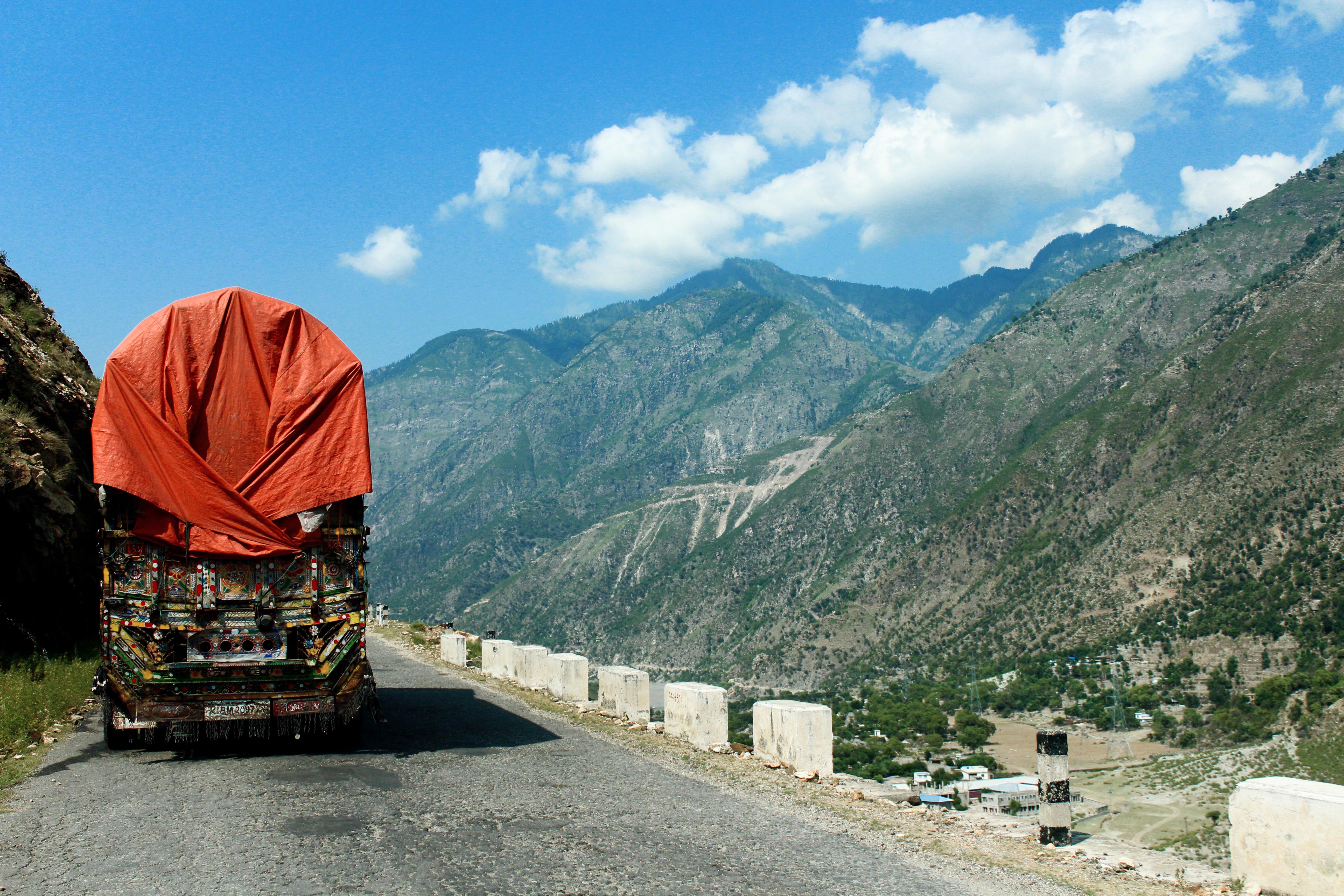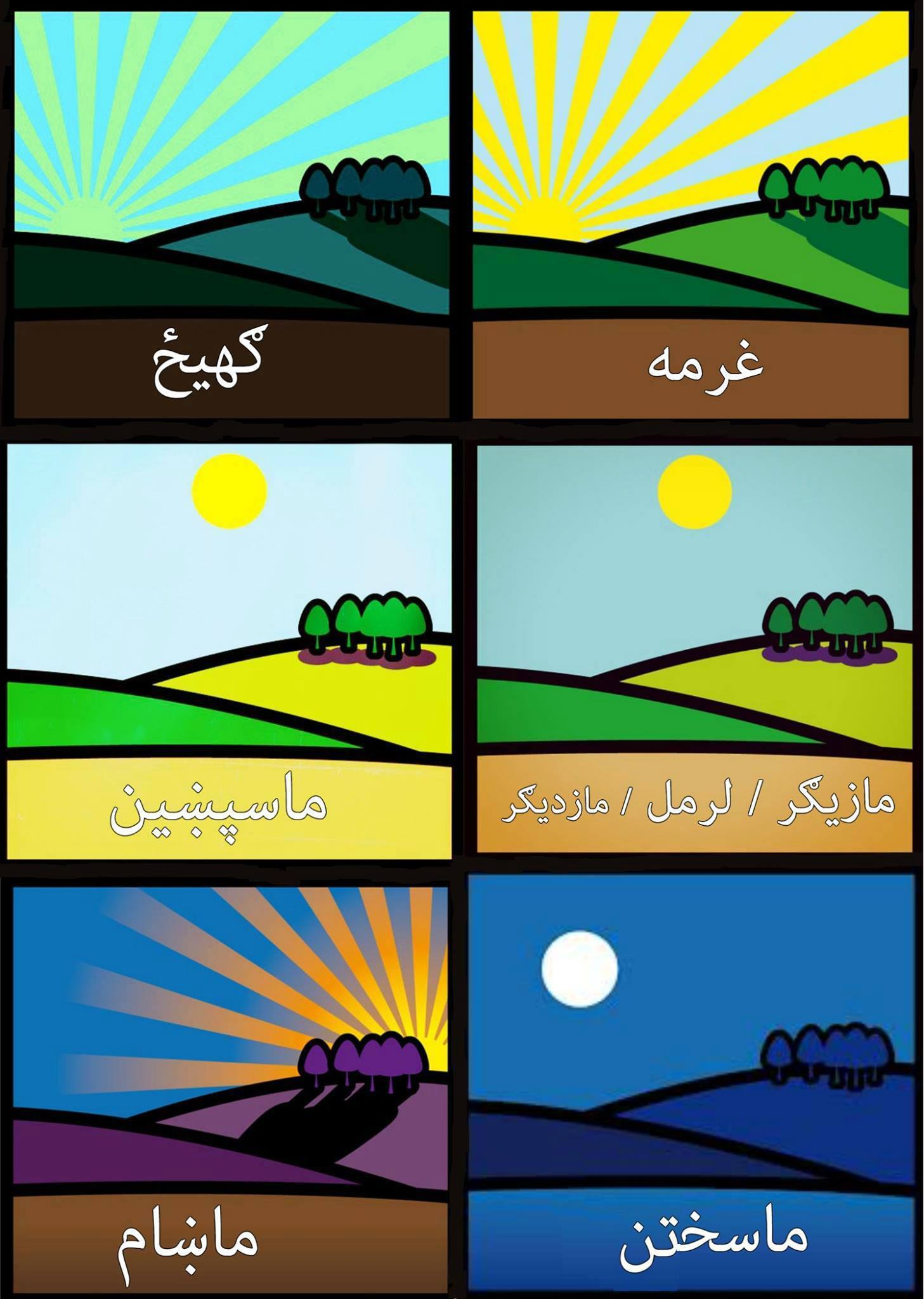|
Ushoji Language
Ushoji or Ushojo (, ; ) is an Indo-Aryan language spoken in Kohistan and Swat districts of the Khyber-Pakhtunkhwa province of Pakistan. Status Ushoji may be severely endangered due to the dominance of the Pashto language in the region, especially in Swat. Numerals Orthography Ushojo is written in a variety of the Torwali and Shina alphabets in the Perso-Arabic script in the Nastaliq ''Nastaliq'' (; ; ), also Romanization of Persian, romanized as ''Nastaʿlīq'' or ''Nastaleeq'' (), is one of the main book hand, calligraphic hands used to write Arabic script and is used for some Indo-Iranian languages, predominantly Persi ... style. ReferencesDecker 1992 Ushojo Dardic languages Languages of Khyber Pakhtunkhwa {{IndoAryan-lang-stub ... [...More Info...] [...Related Items...] OR: [Wikipedia] [Google] [Baidu] |
Pakistan
Pakistan, officially the Islamic Republic of Pakistan, is a country in South Asia. It is the List of countries and dependencies by population, fifth-most populous country, with a population of over 241.5 million, having the Islam by country#Countries, second-largest Muslim population as of 2023. Islamabad is the nation's capital, while Karachi is List of cities in Pakistan by population, its largest city and financial centre. Pakistan is the List of countries and dependencies by area, 33rd-largest country by area. Bounded by the Arabian Sea on the south, the Gulf of Oman on the southwest, and the Sir Creek on the southeast, it shares land borders with India to the east; Afghanistan to the west; Iran to the southwest; and China to the northeast. It shares a maritime border with Oman in the Gulf of Oman, and is separated from Tajikistan in the northwest by Afghanistan's narrow Wakhan Corridor. Pakistan is the site of History of Pakistan, several ancient cultures, including the ... [...More Info...] [...Related Items...] OR: [Wikipedia] [Google] [Baidu] |
Kohistan District, Pakistan
Kohistan District, also known as Indus Kohistan ( Kohistani: ) and Hazara Kohistan, was a district within the Hazara Division of Khyber Pakhtunkhwa, Pakistan. Consisting of eastern portion of the larger Kohistan region, it was bifurcated into two districts in 2014: Upper Kohistan and Lower Kohistan. In 2017, the Lower Kohistan District was further bifurcated and a district Kolai-Palas was established. It has an area of and a population of 472,570 according to the 1998 Census. Geographically, Kohistan stretched from Gilgit-Baltistan in the north to the Mansehra District in the east to the Battagram District and Shangla and Swat districts in the west. History The Kohistan region is mainly inhibited by the speakers of Dardic languages, commonly known as Kohistani people. Until 1st May 1934 Indus Kohistan was included in the Gilgit Agency, when its control was transferred to the North Western Frontier Province. However, its area continued to be counted in the total a ... [...More Info...] [...Related Items...] OR: [Wikipedia] [Google] [Baidu] |
Nastaliq
''Nastaliq'' (; ; ), also Romanization of Persian, romanized as ''Nastaʿlīq'' or ''Nastaleeq'' (), is one of the main book hand, calligraphic hands used to write Arabic script and is used for some Indo-Iranian languages, predominantly Persian language#Classical Persian, Classical Persian, Kashmiri language, Kashmiri, Shahmukhi, Punjabi and Urdu. It is often used also for Ottoman Turkish poetry, but rarely for Arabic. ''Nastaliq'' developed in Iran from ''Naskh (script), naskh'' beginning in the 13th century and remains widely used in Iran, India, Afghanistan, Pakistan, and other countries for written poetry and as a form of art. History The name ''Nastaliq'' "is a contraction of the Persian (), meaning a hanging or suspended ''Naskh (script), naskh.''" Virtually all Safavid Iran, Safavid authors (like Dust Muhammad or Ahmad Monshi Ghomi, Qadi Ahmad) attributed the invention of to Mir Ali Tabrizi, who lived at the end of the 14th and the beginning of the 15th century. Tha ... [...More Info...] [...Related Items...] OR: [Wikipedia] [Google] [Baidu] |
Perso-Arabic Script
The Persian alphabet (), also known as the Perso-Arabic script, is the right-to-left script, right-to-left alphabet used for the Persian language. It is a variation of the Arabic script with four additional letters: (the sounds 'g', 'zh', 'ch', and 'p', respectively), in addition to the obsolete that was used for the sound . This letter is no longer used in Persian, as the -sound changed to , e.g. archaic > 'language'. It was the basis of many Arabic script, Arabic-based scripts used in Central and South Asia. It is used for both Iranian Persian, Iranian and Dari: standard language, standard varieties of Persian; and is one of two official script, official writing systems for the Persian language, alongside the Cyrillic script, Cyrillic-based Tajik alphabet. The script is mostly but not exclusively right-to-left script, right-to-left; mathematical expressions, numeric dates and numbers bearing units are embedded from left to right. The script is cursive, meaning most l ... [...More Info...] [...Related Items...] OR: [Wikipedia] [Google] [Baidu] |
Shina Alphabet
Shina ( , ) is a Dardic language of Indo-Aryan language family spoken by the Shina people. In Pakistan, Shina is the major language in Gilgit-Baltistan spoken by an estimated 1,146,000 people living mainly in Gilgit-Baltistan and Kohistan. A small community of Shina speakers is also found in India, in the Gurez valley of Jammu and Kashmir and in Dras valley of Ladakh. Outliers of Shina language such as Brokskat are found in Ladakh, Kundal Shahi in Azad Kashmir, Palula and Sawi in Chitral, Ushojo in the Swat Valley and Kalkoti in Dir. Until recently, there was no writing system for the language. A number of schemes have been proposed, but presently, there is no single writing system used by speakers of Shina. Shina is mostly a spoken language and not a written language. Due to the effects of dominant languages in Pakistani media like Urdu, Standard Punjabi, and English, in addition to the religious significance of Arabic and Persian, Shina is continuously expanding i ... [...More Info...] [...Related Items...] OR: [Wikipedia] [Google] [Baidu] |
Torwali Alphabet
Torwali or Turvali may refer to: * Torwali language spoken in Khyber Pakhtunkhwa * Torwali people The Torwali people are an Indo-Aryan peoples, Indo-Aryan ethnolinguistic group located in the Swat District, Swat district of Pakistan. The Torwali people have a culture that values the telling of folktales and music that is played using the sit ..., who speak the language {{disambig Language and nationality disambiguation pages ... [...More Info...] [...Related Items...] OR: [Wikipedia] [Google] [Baidu] |
Pashto
Pashto ( , ; , ) is an eastern Iranian language in the Indo-European language family, natively spoken in northwestern Pakistan and southern and eastern Afghanistan. It has official status in Afghanistan and the Pakistani province of Khyber Pakhtunkhwa. It is known in historical Persian literature as Afghani (). Spoken as a native language mostly by ethnic Pashtuns, it is one of the two official languages of Afghanistan alongside Dari, Constitution of Afghanistan �''Chapter 1 The State, Article 16 (Languages) and Article 20 (Anthem)''/ref> and it is the second-largest provincial language of Pakistan, spoken mainly in Khyber Pakhtunkhwa and the northern districts of Balochistan. Likewise, it is the primary language of the Pashtun diaspora around the world. The total number of Pashto-speakers is at least 40 million, (40 million) although some estimates place it as high as 60 million. Pashto is "one of the primary markers of ethnic identity" amongst Pashtuns. Geograph ... [...More Info...] [...Related Items...] OR: [Wikipedia] [Google] [Baidu] |
Khyber Pakhtunkhwa
Khyber Pakhtunkhwa (; ; , ; abbr. KP or KPK), formerly known as the North West Frontier Province (NWFP), is a Administrative units of Pakistan, province of Pakistan. Located in the Northern Pakistan, northwestern region of the country, Khyber Pakhtunkhwa is the fourth largest province of Pakistan by land area and the third-largest province by population. It is bordered by Balochistan, Pakistan, Balochistan to the south; Punjab, Pakistan, Punjab, Islamabad Capital Territory, and Azad Kashmir to the east; and Gilgit-Baltistan to the north and northeast. It shares an Durand Line, international border with Afghanistan to the west. Khyber Pakhtunkhwa has a varied geography of rugged mountain ranges, valleys, rolling foothills, and dense agricultural farms. While it is the third-largest Pakistani province in terms of both its population and Economy of Khyber Pakhtunkhwa, its economy, it is geographically the smallest. Khyber Pakhtunkhwa's share of Pakistan's GDP has historically com ... [...More Info...] [...Related Items...] OR: [Wikipedia] [Google] [Baidu] |
Leipzig
Leipzig (, ; ; Upper Saxon: ; ) is the most populous city in the States of Germany, German state of Saxony. The city has a population of 628,718 inhabitants as of 2023. It is the List of cities in Germany by population, eighth-largest city in Germany and is part of the Central German Metropolitan Region. The name of the city is usually interpreted as a Slavic term meaning ''place of linden trees'', in line with many other Slavic placenames in the region. Leipzig is located about southwest of Berlin, in the southernmost part of the North German Plain (the Leipzig Bay), at the confluence of the White Elster and its tributaries Pleiße and Parthe. The Leipzig Riverside Forest, Europe's largest intra-city riparian forest, has developed along these rivers. Leipzig is at the centre of Neuseenland (''new lake district''). This district has Bodies of water in Leipzig, several artificial lakes created from former lignite Open-pit_mining, open-pit mines. Leipzig has been a trade city s ... [...More Info...] [...Related Items...] OR: [Wikipedia] [Google] [Baidu] |
Swat (Pakistan)
Swat District (), also known as the Swat Valley, is a district in the Malakand Division of Khyber Pakhtunkhwa, Pakistan. Known for its stunning natural beauty, the district is a popular tourist destination. With a population of 2,687,384 per the 2023 national census, Swat is the 15th-largest district of Khyber Pakhtunkhwa. Swat District is centred on the Valley of Swat, usually referred to simply as Swat, which is a natural geographic region surrounding the Swat River. The valley was a major centre of early Buddhism of the ancient civilisation of Gandhara, mainly Gandharan Buddhism, with pockets of Buddhism persisting in the valley until the 16th century conquest of Swat by the Yousafzais, after which the area became largely Muslim, along with the Pashtunization of Swat and its neighbouring regions. In the early 19th century, Swat emerged as an independent state under Saidu Baba. State of Swat became a Princely state under British suzerainty as part of the British Raj in ... [...More Info...] [...Related Items...] OR: [Wikipedia] [Google] [Baidu] |
Max Planck Institute For Evolutionary Anthropology
The Max Planck Institute for Evolutionary Anthropology (, shortened to MPI EVA) is a research institute based in Leipzig, Germany, that was founded in 1997. It is part of the Max Planck Society network. Well-known scientists currently based at the institute include founding director Svante Pääbo and Johannes Krause (genetics), Christophe Boesch (primatology), Jean-Jacques Hublin (evolutionary anthropology, human evolution), Richard McElreath (evolutionary ecology), and Russell Gray (linguistic and cultural evolution). Departments The institute comprises six departments, several Research Groups, and The Leipzig School of Human Origins. Currently, approximately 375 people are employed at the institute. The former department of Linguistics, which existed from 1998 to 2015, was closed in May 2015, upon the retirement of its director, Bernard Comrie. The former department of Developmental and Comparative Psychology operated from 1998 to 2018 under director Michael Tomasello. * ... [...More Info...] [...Related Items...] OR: [Wikipedia] [Google] [Baidu] |
Glottolog
''Glottolog'' is an open-access online bibliographic database of the world's languages. In addition to listing linguistic materials ( grammars, articles, dictionaries) describing individual languages, the database also contains the most up-to-date language affiliations based on the work of expert linguists. Glottolog was first developed and maintained at the Max Planck Institute for Evolutionary Anthropology in Leipzig, Germany, and between 2015 and 2020 at the Max Planck Institute of Geoanthropology in Jena, Germany. Its main curators include Harald Hammarström and Martin Haspelmath. Overview Sebastian Nordhoff and Harald Hammarström established the Glottolog/Langdoc project in 2011. The creation of ''Glottolog'' was partly motivated by the lack of a comprehensive language bibliography, especially in ''Ethnologue''. Glottolog provides a catalogue of the world's languages and language families and a bibliography on individual languages. It differs from ''Ethnologue ... [...More Info...] [...Related Items...] OR: [Wikipedia] [Google] [Baidu] |






